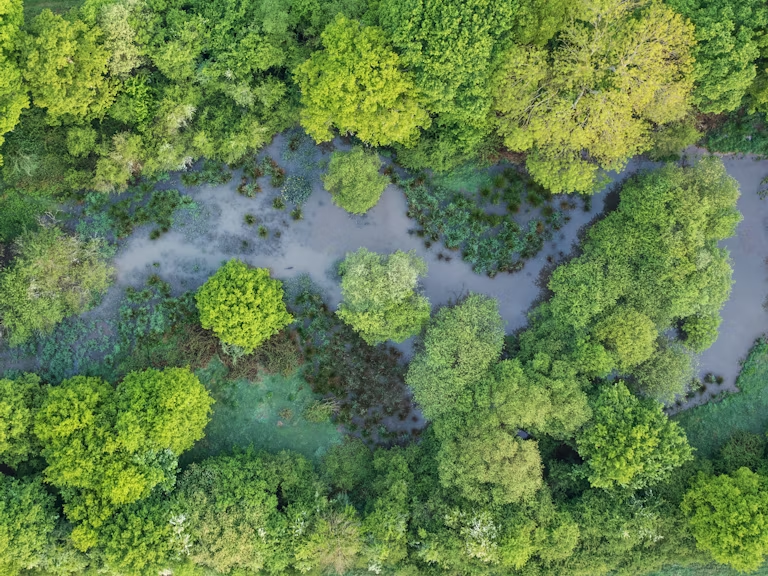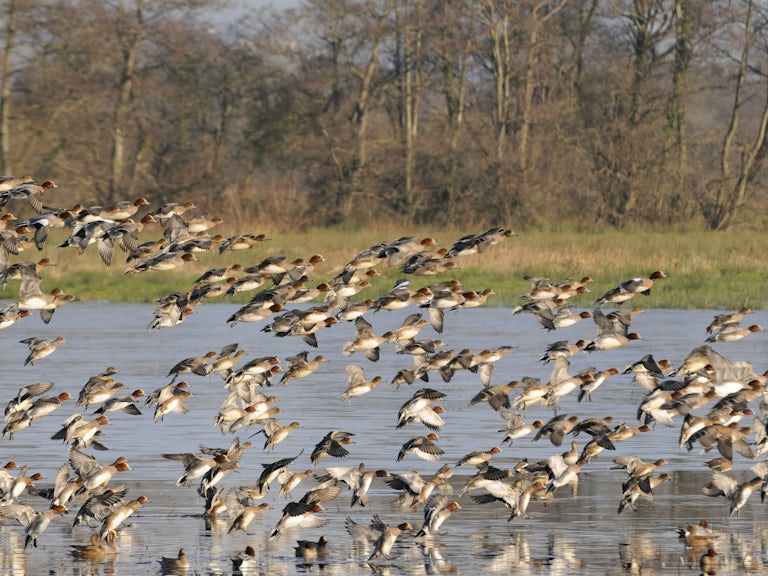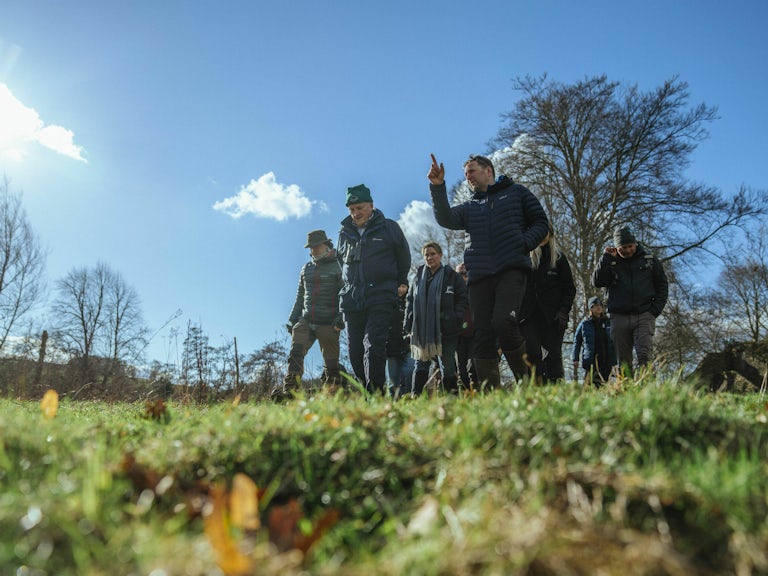Funding for nature: our view
A new Nature for Climate Fund is a step in the right direction from the UK Government — but we need so much more.
Published 19/03/2020
At the time of writing the world is trying to handle the spread and impact of the COVID-19 coronavirus. The immediate priority has to be getting through this unprecedented and serious health crisis, and supporting people and communities through these uncertain times. But when we have time to reflect on our priorities, we hope our governments will see fit to make dramatically more investment in the living world – for the sake of our own futures and generations to come.
The recent UK budget gave a nod to recognising the role of nature-based solutions to tackle climate breakdown. It announced a new £640m ‘Nature for Climate’ fund to deliver, among other things, 30,000 hectares of new woodland and 35,000 hectares of peatland restoration. It also made a commitment to establishing a nature recovery network.
These proposals for nature are welcome but pale in comparison to the £27bn earmarked for new roads and the £2.6bn for fixing potholes in the old ones. They are nowhere near enough. To reach net carbon zero quickly we need much more ambitious targets. We need to truly acknowledge, and act to address, the scale of the challenge.
Moving from the current 10 per cent tree cover to 12 per cent by 2060 is simply not enough. We should be aiming for millions of hectares of regenerating woodland and peatlands, not tens of thousands. Scaling up like this will require significant cross-departmental thinking and contributions. For example, it should include allocating 10 – 20 per cent of flood defence spending to natural flood management (where woodlands and peatlands play a key role).
‘Human ingenuity knows no bounds’ goes the saying but nature’s ingenuity wins out. Protecting nature and helping nature recover through rewilding can deliver carbon savings and a host of other benefits at a fraction of the cost of man-made alternatives.
The report we released last year, Rewilding and Climate Breakdown: how restoring nature can help decarbonise the UK, outlines how. It states that:
- Restoring natural processes to around a quarter of the UK could sequester the equivalent of 10 per cent of our greenhouse gas emissions.
- Six million hectares of regenerating woodland, peatland and species-rich grasslands could sequester about 47 million tonnes of CO2 per year. That’s more than a tenth of current UK greenhouse gas emissions.
- Rewarding land managers for achieving these carbon reductions would cost around £1.9 billion per year – a third less than the current estimated EU Common Agricultural Policy cost of £3 billion.
- Introducing a new carbon pricing mechanism and redirecting public payments could pay for this.
- Revitalising habitats on this scale will help address other critical challenges, including biodiversity loss, flood protection, reducing erosion of soils, improving water quality. It can also help to create new opportunities for rural economies and human health and wellbeing.
Rewilding can help decarbonise Britain and secure a more sustainable and liveable future for everyone. But it will need much bolder ambition and a mightier chunk of investment.

Explore our Rewilding Manifesto
We need UK Government to Think Big and Act Wild for nature, people and planet.
Learn more
Our vision
We have big ambitions. Find out what we’ve set out to achieve through rewilding.
Our 2025-2030 strategy



